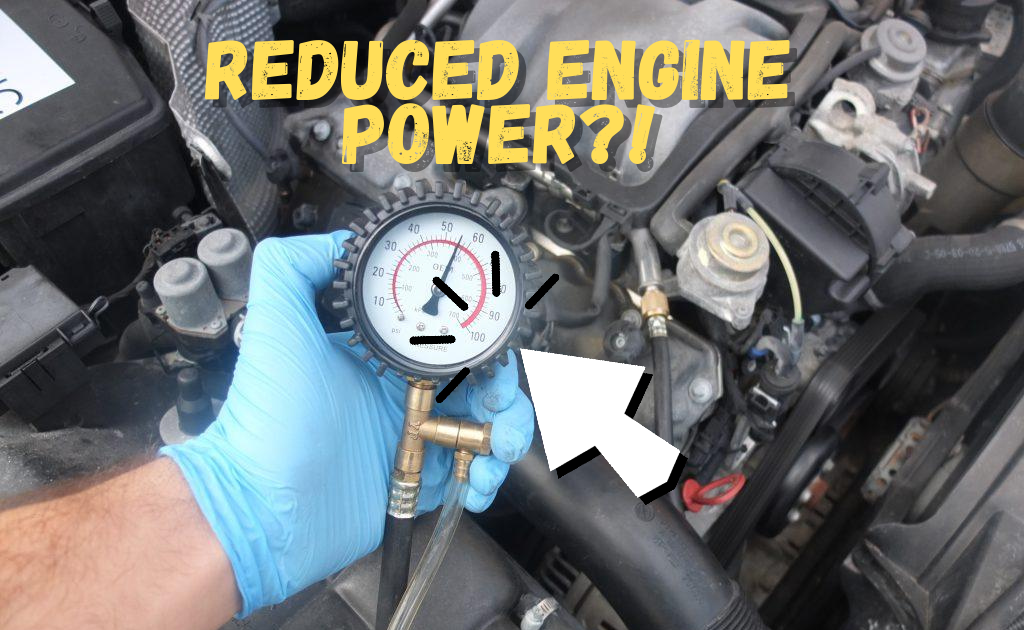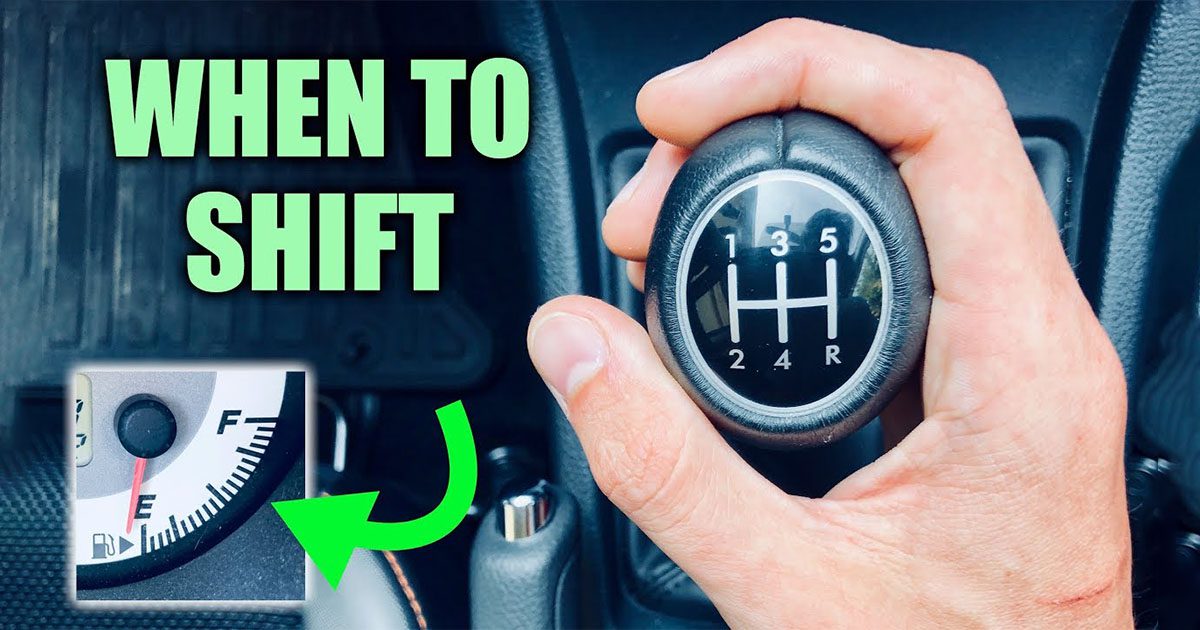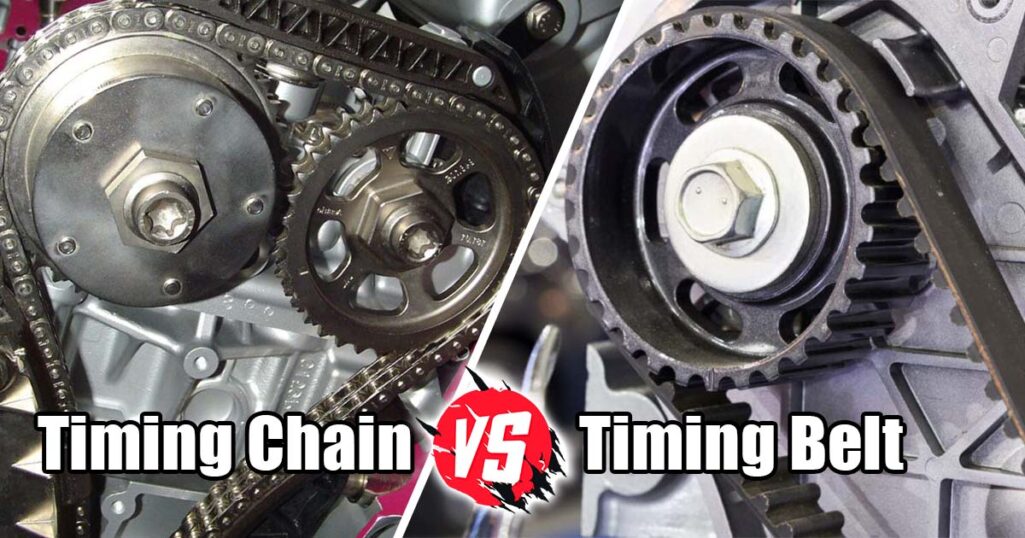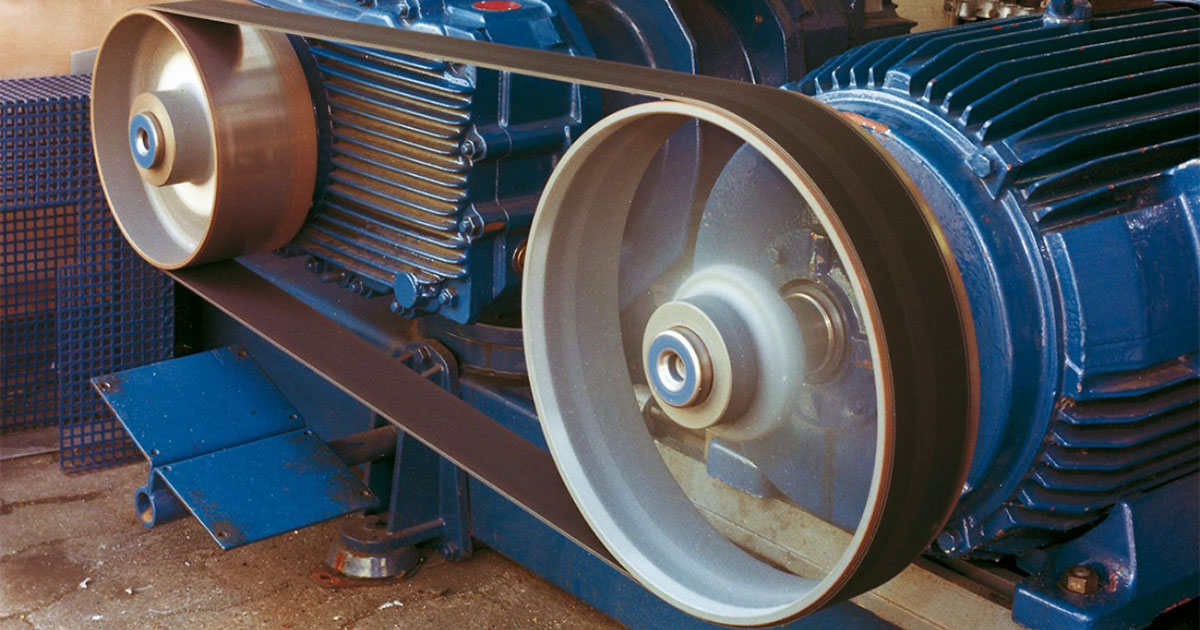
Belt drives are defined in detail, including their various forms, operating procedures, range, benefits, drawbacks, power transfer, and so on.
Let’s look at belt drives!
What exactly are belt drives?
Let’s start with the fundamentals of belt drives!
Basics of Best Drives
We are in a time zone where technical advances are of the greatest priority. Every day, there is a significant growth in robotics as well as successful technological innovation. Where it comes to core machine understanding, the theory of machines is extremely important in learning about any of the various aspects of power transmission effectively.
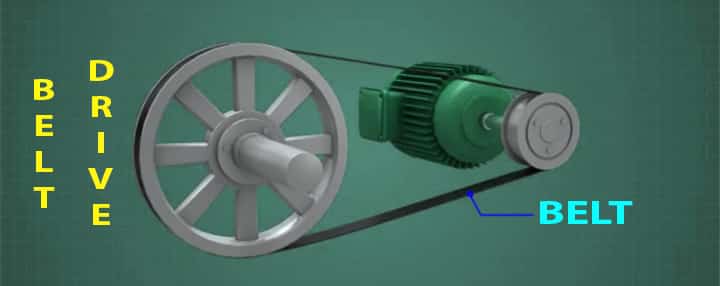
- Power transmission has a long tradition, having been used in some form or another for over 250 years.
- The use of flat belts that operate on flat pulleys is very common in the initial stage of power transmission by belts.
- The continuous development of belt drives aided us in the best way possible.
- V-groove pulleys are used later in the stage to reduce belt friction. The development of other forms of belt drives continues apace.
Belt Drive Requirements
This article would offer a comprehensive overview of belt drives, which are commonly used in power transmission.
- It is critical to consider this type of power transmission method because it is one of those that can be achieved with low cost, easy installation, limited space, and efficient versatility.
- Belt-driven machinery is widely used for a variety of applications.
- These are also effective for use since they are readily available from any nearby distributor.
- When compared to other types of drives, they are less costly and require less repairs.
We will go over the fundamental concept, types, components, applications, benefits, and drawbacks of the belt drive.
Definition of Belt Drive
The belt drive is a component composed of versatile elements that aid in power transmission.
- It is used primarily to nurture or shift power from one device to another.
- This aids in the transmission of power by using pulleys that spin at various or the same speeds.
Belt Drives in Action
Belt drives are made up of two pulleys to which the belt is connected. The driving pulley transmits the rotary motion or mechanical force to the driven pulley.
This is caused by the frictional grip that exists between the pulley surface and the belt.
- The central operation of belt drives is dependent on both belts and pulleys.
- The lower tension side of the belt is referred to as the slack side, while the higher tension side is the tight side.
- The rotation of the powered pulley is created by the belt’s pulling force.
- The created tensions in the belt’s slack and tight sides are primarily determined by the contact angle.
- The belts should be positioned so that the slack side is on top and the right side is behind the pulley.
- This configuration aids in increasing the angle of contact of the guided side belt.
- While there is the possibility of slippage in belt drives, this happens only when the rotational speed is low.
- Power delivery is effectively reduced as a result of this.
The ultimate method does not lend itself to widespread use as the desired feature of a power transmission system.
Belt Drive Varieties
When it comes to various types of belt drives, five major types can be found.
When learning about the different styles, keep in mind that belt drives are made up of two essential components: pulleys and belts.
In this section, we will go through all of the different styles of pulleys and belts. Belt drives are classified as follows:
- Driven by an open belt
- Belt drive (closed or crossed)
- Cone pulley that is both fast and loose
- Cone pulley with steps
- Driven by a jockey pulley
Driven by an open belt
Open belt drives are the most common type of belt drive that is commonly used. In this case, the rotational orientation is the same as the direction of the driven and driving pulleys.
- The movement of shafts in this form of belt drive remains constant.
- These shafts are arranged parallel to one another.
- The distance between the guided and pushing pulleys is great, and the lower side is referred to as the close side, while the upper side is referred to as the slack side.
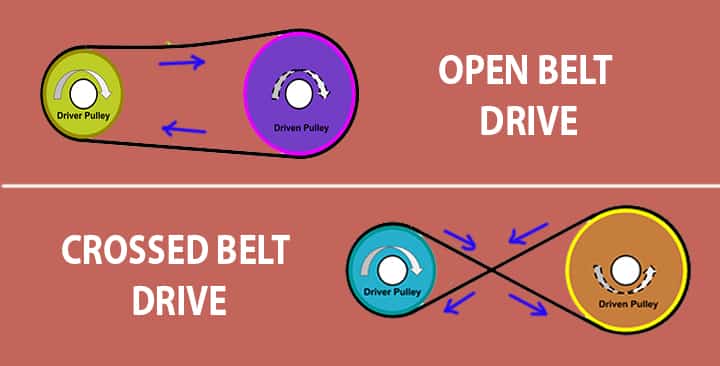
Crossed belt-drive
These crossed belt drives are used as more power has to be transmitted. However, it has a drawback in that it cannot run faster.
- Belt wear and tear is possible if the machine operates at a faster speed.
- The shafts spin in the same direction in this case.
- Wear and tear are caused by the rubbing action of the belt at the intersection.
- To avoid wear and tear, it should operate at a low speed and more space between the pulleys.
Cone pulley that is both fast and loose
This belt drive configuration includes two pulleys, one fast and the other loose.

- The fast pulley is connected to the shaft by a keyed joint, while the loose pulley moves freely on the shaft.
- The force cannot be transmitted by the loose pulley.
- This type of configuration is used where it is necessary to connect several devices to a single power source.
Cone pulley with steps
Multiple pulleys are connected to each other in an adjacent configuration in this type of belt.
- The diameters of these pulleys vary.
- Stepped cone pulley belt drives are widely used in devices that require shifting speeds or gear patterns.
- The same belt can be used for multiple purposes, and we can switch between different pulley arrangements as needed.
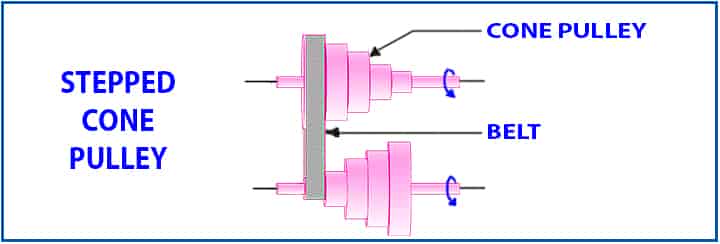
Jockey Pulley
A jockey pulley is one of the belt drive arrangements that allow us to raise the angle of contact in an open belt drive.
- These are mostly used in the system’s steering portion.
- Increased power transfer is made possible by increasing the angle of contact.
- With this kind of pulley configuration, one may achieve a higher and faster ratio.

Since gaining a comprehensive knowledge of the pulleys on which belt drives are fixed, it is time to learn about the various types of belts.
Belt Varieties
Four types of belts are commonly used in belt drives. Here are a few examples:
- Flat belt
- V belt
- Circular belt
- Timing belt
Flat belt
Flat belts have cross-sections that are rectangular in shape.
Uses:
These belts are used in situations where low power and high speed are needed.
Advantages:
It is highly efficient and contributes to the central operating process. Furthermore, it is relatively quiet.
Disadvantages:
The primary downside is improper synchronization. To achieve efficient performance, it must be properly aligned.
V-belt
V-belts are belts that are constructed so that they allow for quick movement on a pulley. This flat belt has a shape that carries a low tensioning power, essentially increasing the pulley sidewalls.
Uses:
Because of their low cost, ease of installation, and wide range of sizes, these belts are commonly used in industry.
Advantages:
One of the most significant advantages of this kind of belt is that it comes in various sizes. These belts are ideal for heavy loads as well as high starting loads. It is also capable of running at high speeds.
Disadvantages:
One of the main drawbacks of this belt being the prohibited items that can be turned over.
Synchronous belts
These belts are usually fitted with a toothed profile that aligns with the adjacent grooves in the pulleys. These are needed to have constructive interaction, which aids in power transmission.
Uses:
These are used in situations where spacing, indexing, or a constant speed are needed.
Advantages:
This type of belt can have spread load, which aids in shear pressure. This also contributes to improved load capability.
Disadvantages:
One of the most important problems is alignment. If these are misaligned in some way, it can lead to performance issues. Tension is another useful parameter for getting the most out of this kind of belt.
Link belts
These belts are designed with detachable chains. These ties are connected by a twisted form to the next one in the chain.
Uses:
These belts are mostly used in the garment industry.
Advantages:
The primary benefits of connection belts are their ease of installation and vibration dampening properties, making them very efficient.
Disadvantages:
The expense of attaining and maintaining this status is very high. It should be sealed as used in high-dust environments.
Materials Used in Belt Manufacturing
It is essential to understand the fabrics that are used in the production of belts. The following characteristics should be present in the materials:
- Flexibility
- Reliability
- Durability
- High tensile stress
- High temperature resistant
- Lesser weight
- Resistant to wear and fatigue
The characteristics mentioned above can be found in a variety of materials. We also have an understanding of the various materials that are used to make these belts. These belts are made from a variety of materials, including the following:
- Leather belt: These are the most common varieties of belts used for a variety of purposes. It is made of leather, as the name implies. One of the drawbacks of leather belts is that they must be cleaned and maintained regularly.
- Rubber belts are often made of cloth that is coated in rubber, allowing for easy layering. These are mostly used in paper mills, sawmills, and other industrial settings.
- Cotton or cloth belt: Fabric belts are made of folding fabrics and are very reliable. It can be achieved by sewing depending on the thickness.
- Plastic belts are inexpensive, but they are vulnerable to deformation under heavy load.
- Balata belt: These belts are similar to rubber belts, but they have some unique characteristics that make them very powerful. It can also tolerate acid. This material’s water resistance makes it ideal for a wide range of applications.
How to Choose an Efficient Belt Drive?
After gaining a comprehensive understanding of v-belts, the consumer is left with the issue of how to choose an appropriate belt drive. The following characteristics should be prioritized in this regard:
- When selecting an appropriate belt drive, a positive drive should be taken into account.
- The separation between the driven and driver pulleys.
- The power transmitted between the systems.
- The development of shafts and other valuable components.
Advantages of Belt Drives
Belt drives are very effective, and they have multiple benefits. Here are some of the primary benefits of these belt drives:
- Belt drives are very simple to use. Aside from that, it is simple to remove.
- The cost of implementing or installing belt drives is relatively low.
- Belt drives are more desirable than other types due to their simple construction.
- The related repair costs are also very small.
- Belt drives have a marginal lubricant requirement; you do not need to use any sort of lubricant in these.
- It can generate power in any situation, whether bent, horizontal, or vertical.
- Its low power consumption makes it ideal and gives it an advantage over other processes.
Disadvantages of Belt Drives
Though the benefits are very effective, these belt drives do have some drawbacks that should be considered before using them:
- When belt drives are used for power delivery, there is a greater risk of power loss due to slippage.
- Creep occurs on occasion and serves as a pleasant backdrop.
- It is not suitable for short distances.
- When using this, you must be prepared with the desired speed to not exceed a certain speed.
- These belts have a limited lifespan.
- Accidents attributed to breaking are more likely.
- These belt drives work only when temperatures are below a certain threshold. If it reaches, the odds of breakage or wear are increased.
- Throughout the operation, the angular velocity does not remain constant.
Belt Drive Applications:
Belt drives are primarily used to transfer power. Conveyors are the most common use for these types of belts in the mill industry.
In conclusion
Many that want a comprehensive understanding of power transmission through belt drives will benefit from this article. This article contains all of the necessary details about belt drives.
Belt drives are preferred in most factories and mills that require efficient material shifting or load carrying. This makes it very simple to comprehend the overall operation and the benefits of this sort of drive mechanism.
When using belt drives, alignment is extremely critical. Though there is a lot more to these belt drives that we will discuss in future articles.


